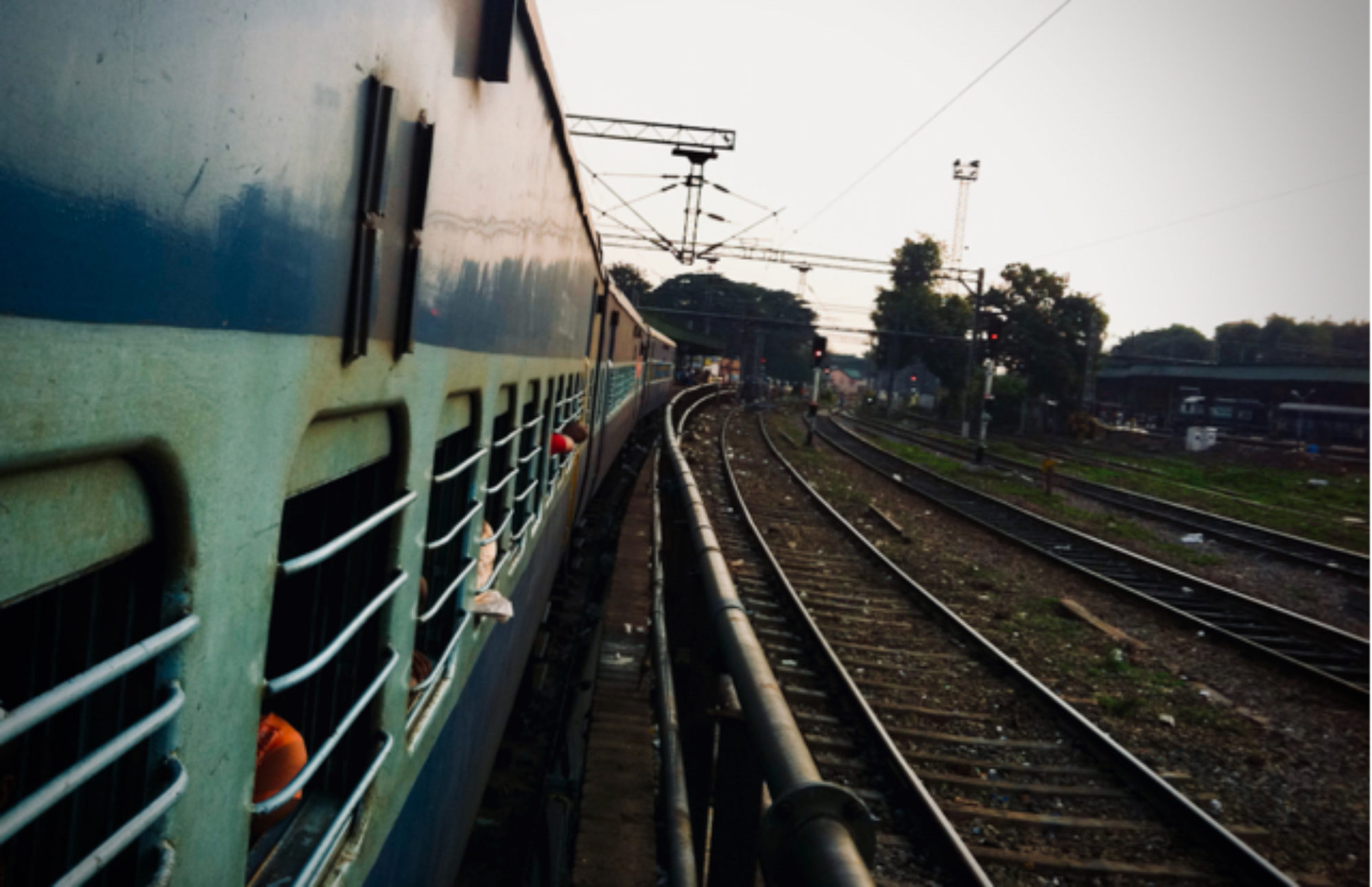>
Every week at ID we read articles about what we do and what we like. This week we read a lot about innovation in energy.
“Dr. John A. Rogers awarded $500,000 Lemelson-MIT Prize for health and energy innovations” Press Release via Lemelson Foundation
Rogers received the Prize for his work in technology contributing to human health and, related to our investment focus, the commercialization and increased scalability of photovoltaic solar power. Rogers has worked in photovoltaic solar, converting solar light to electricity. Rogers co-founded Semprius, a company that develops low cost, high performance “CPV modules to make solar power generation economically viable in sunny, dry climates.” Through a partnership with Siemens, Rogers scaled his system to make power affordable and economical in sunny areas, ideal for use in emerging markets throughout Africa and South America.
“South Africa: Poor Energy Policy Undermines Energy Diversity” by Glenn Ashton via All Africa
The Western Cape of Africa holds a promising future in clean energy. Last year, the Western Cape Environment Minister “received applications for installation of over 11,000 Megawatts (MV) of wind energy generation capacity.” Unfortunately, these privately-funded, market-driven initiatives face many delays due to the unnecessary bureaucratic delays and obstacles. The national energy policy has been topic of political discussion for many years, due to the massive economic and social costs that the poor energy system is imposing on South African citizens. New government policies encouraging energy diversity, like finalized versions of the Integrated Resource Plans (IRPs), would open the door to market-driven energy solutions and improve the South African economy at all levels.
“The d.light S1 lantern” by Ravi Kumar via Acumen Fund Blog
d.light’s newest solar lantern is available for only USD$8, offering an excellent alternative to typical kerosene lamps. The S1 lantern is healthier, more energy efficient, and more affordable than kerosene. A day’s charge in the sun provides four hours of bright light after dark, adding precious hours of lighting in the homes of millions across Asia, Africa, and South America. Consider the effect of the added hours of safe light for a student. A student can now study at night after their daytime duties are completed. This increased productivity will allow for more hours of studying and a better performance in the classroom, all thanks to innovative technology in solar energy.
 |
| image via ViewChange and NextBillion |
NextBillion featured a video on its blog from ViewChange that produces educational and inspirational videos from the developing world. The featured video demonstrates an innovative solution for charging mobile phones in rural, where much of the country lives in energy poverty. Inventor Pascal Katana has created a way to charge phones using energy generated from a bicycle with an easy-to-use smart charger. The charger “costs about 350 Kenyan shillings, which is about USD$4.” Visit the link to watch the video.
“5 Million Bangladeshis Served by Solar Panels – Millions More Coming” by John Laumer via Tree Hugger
